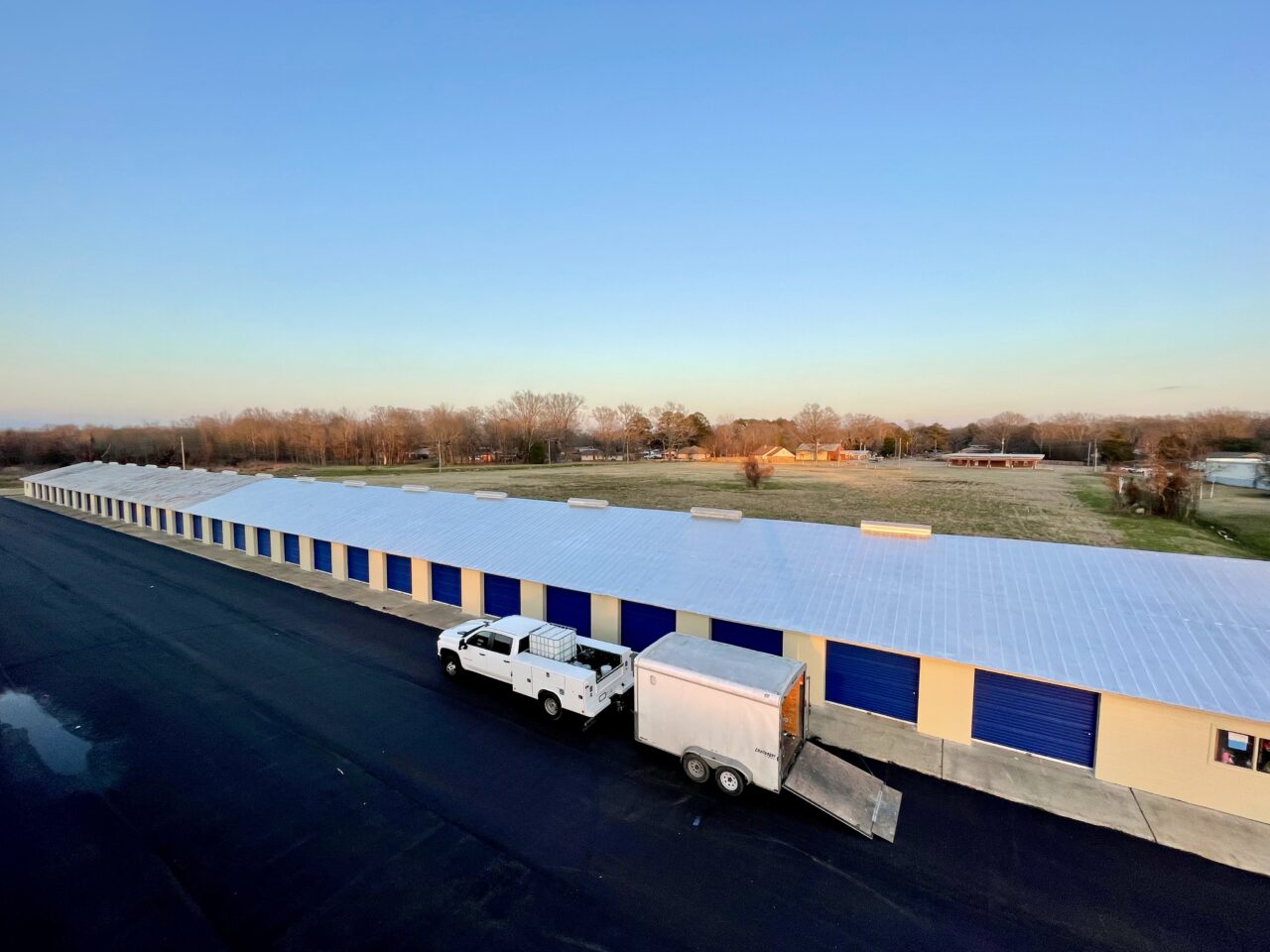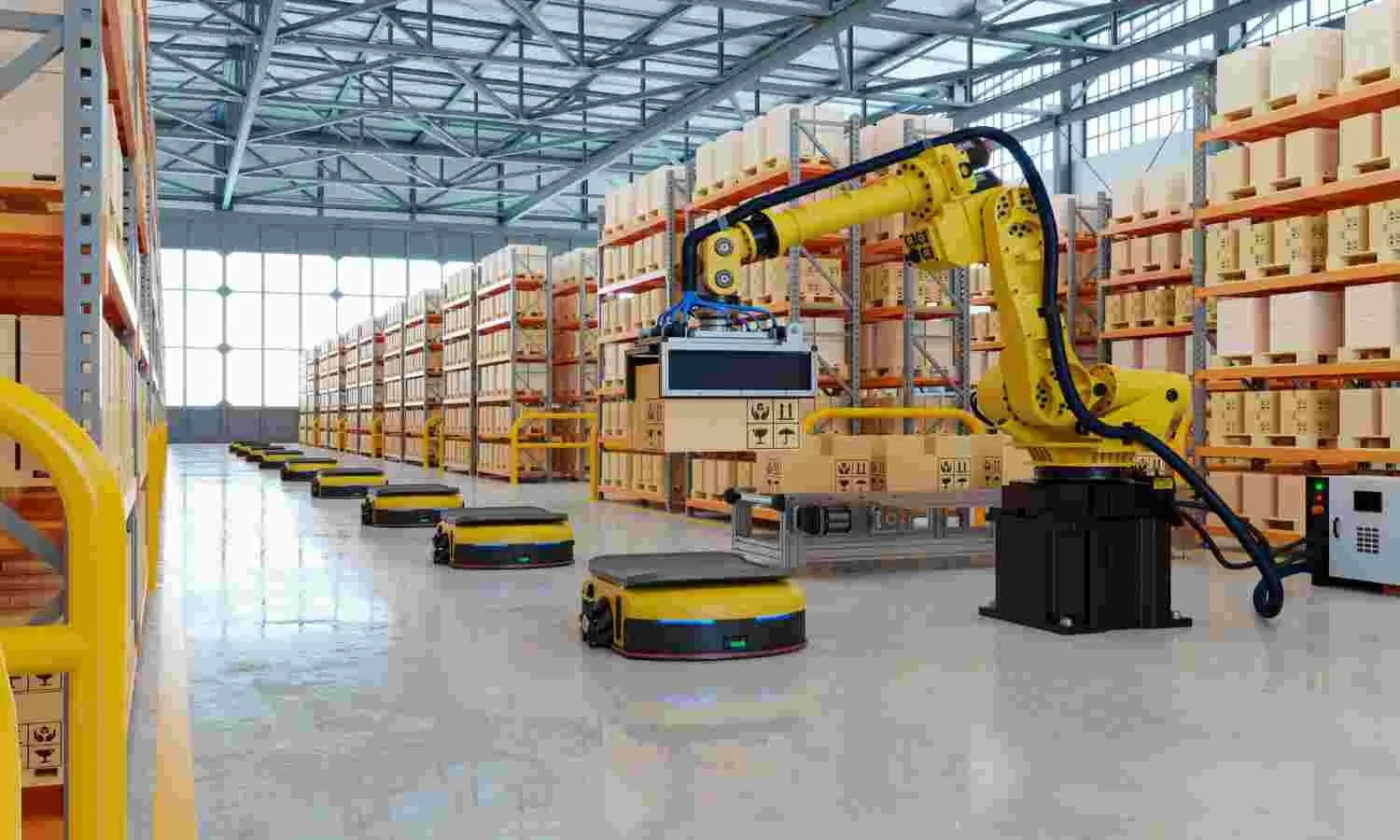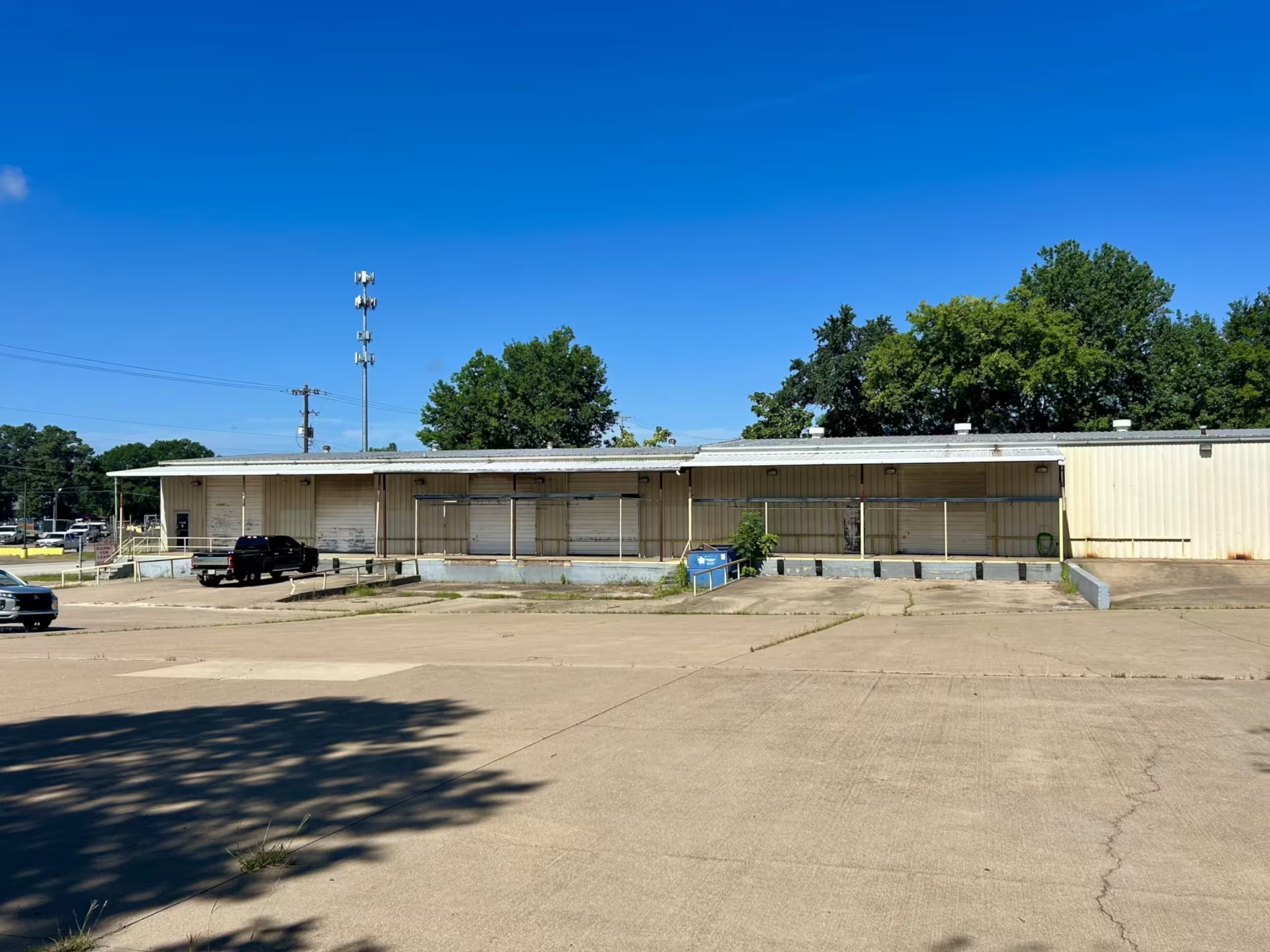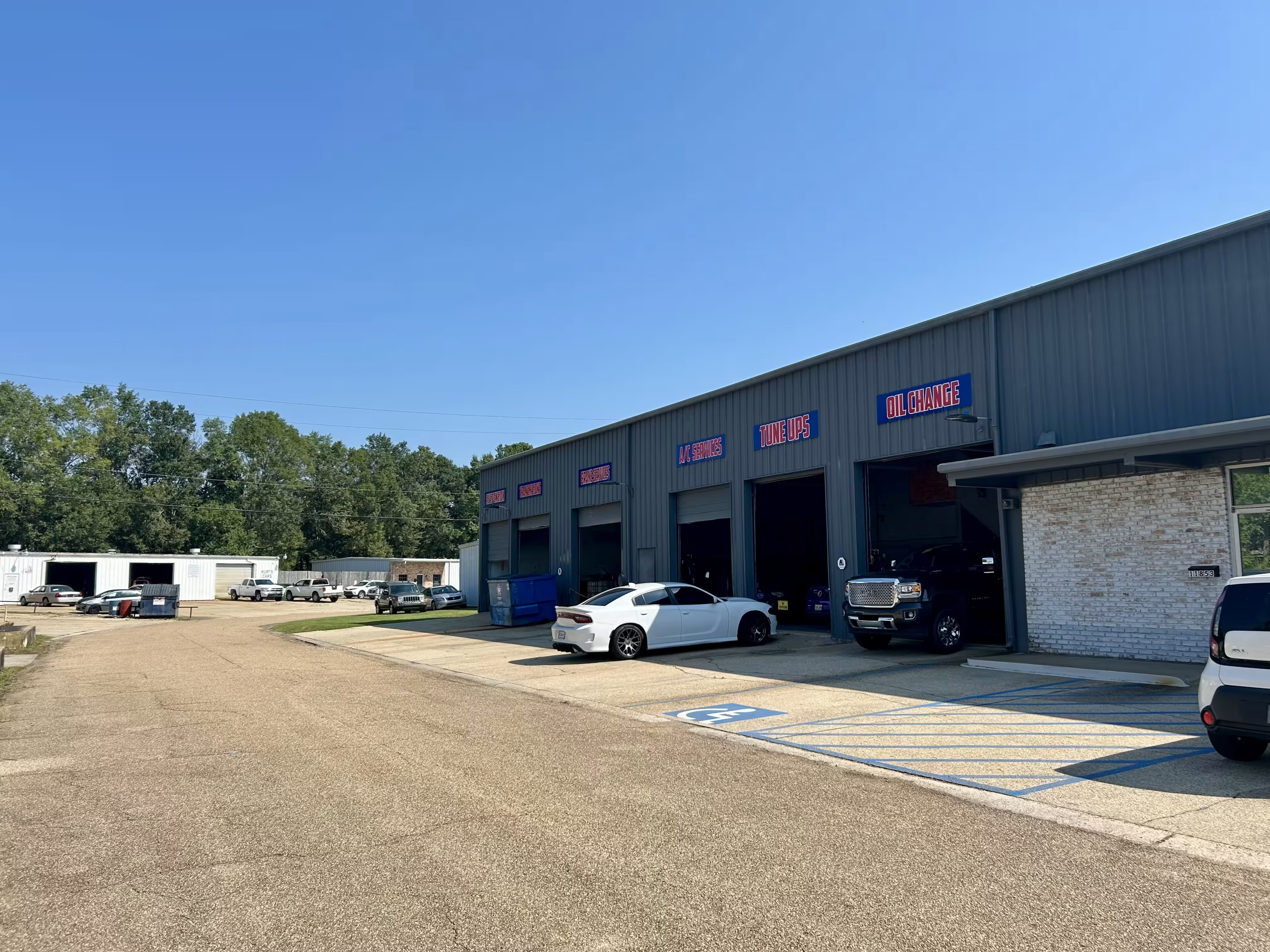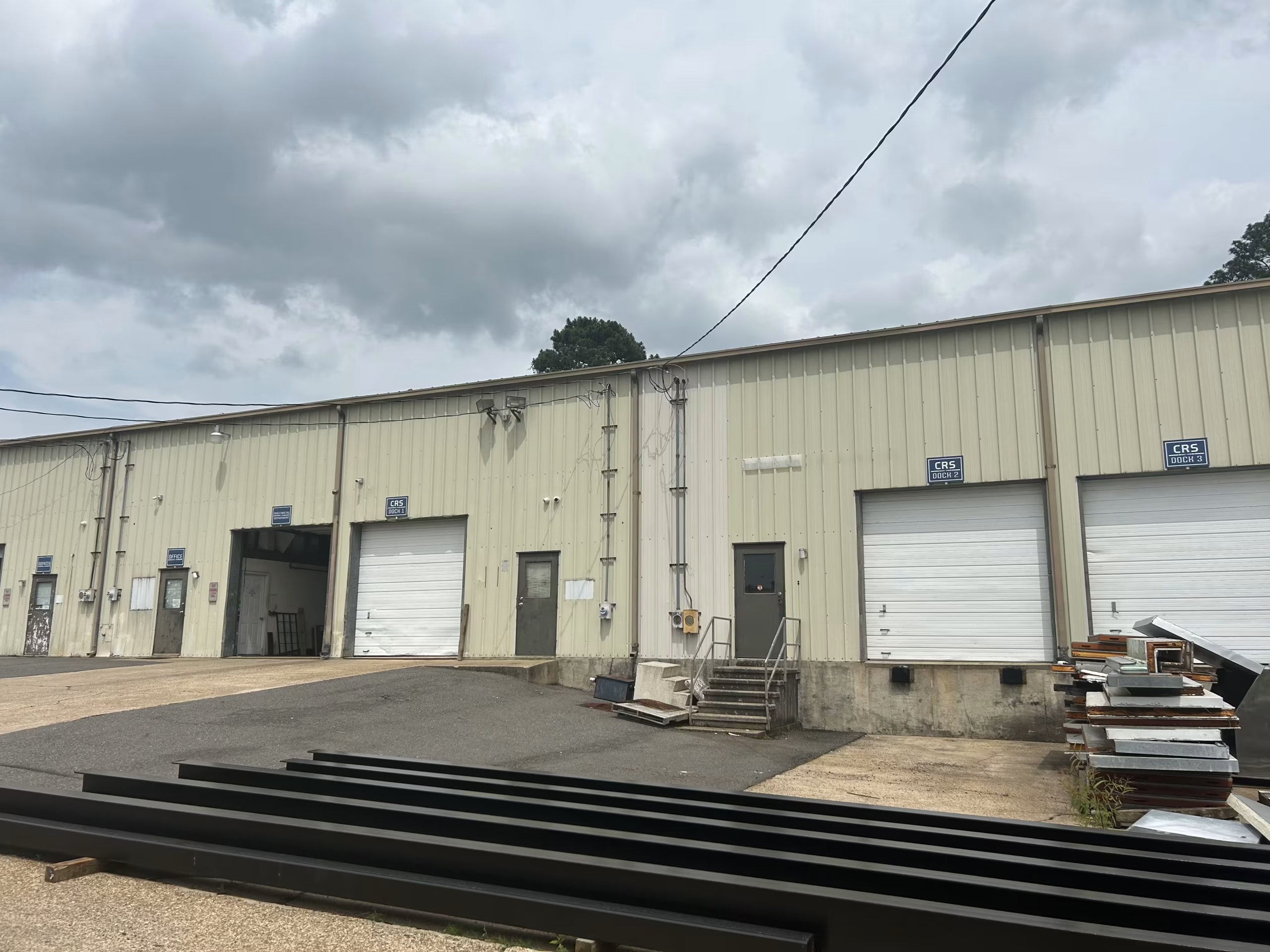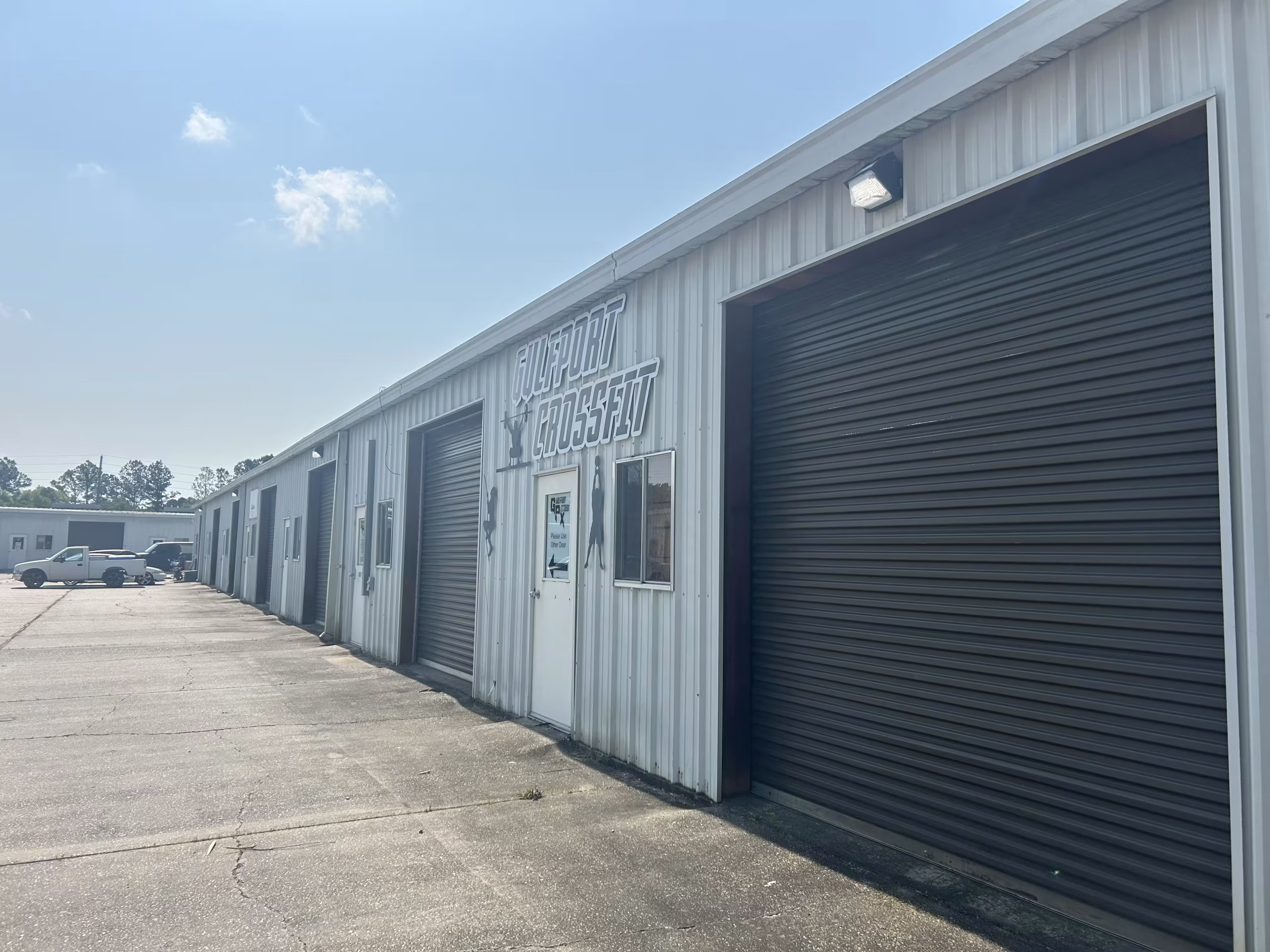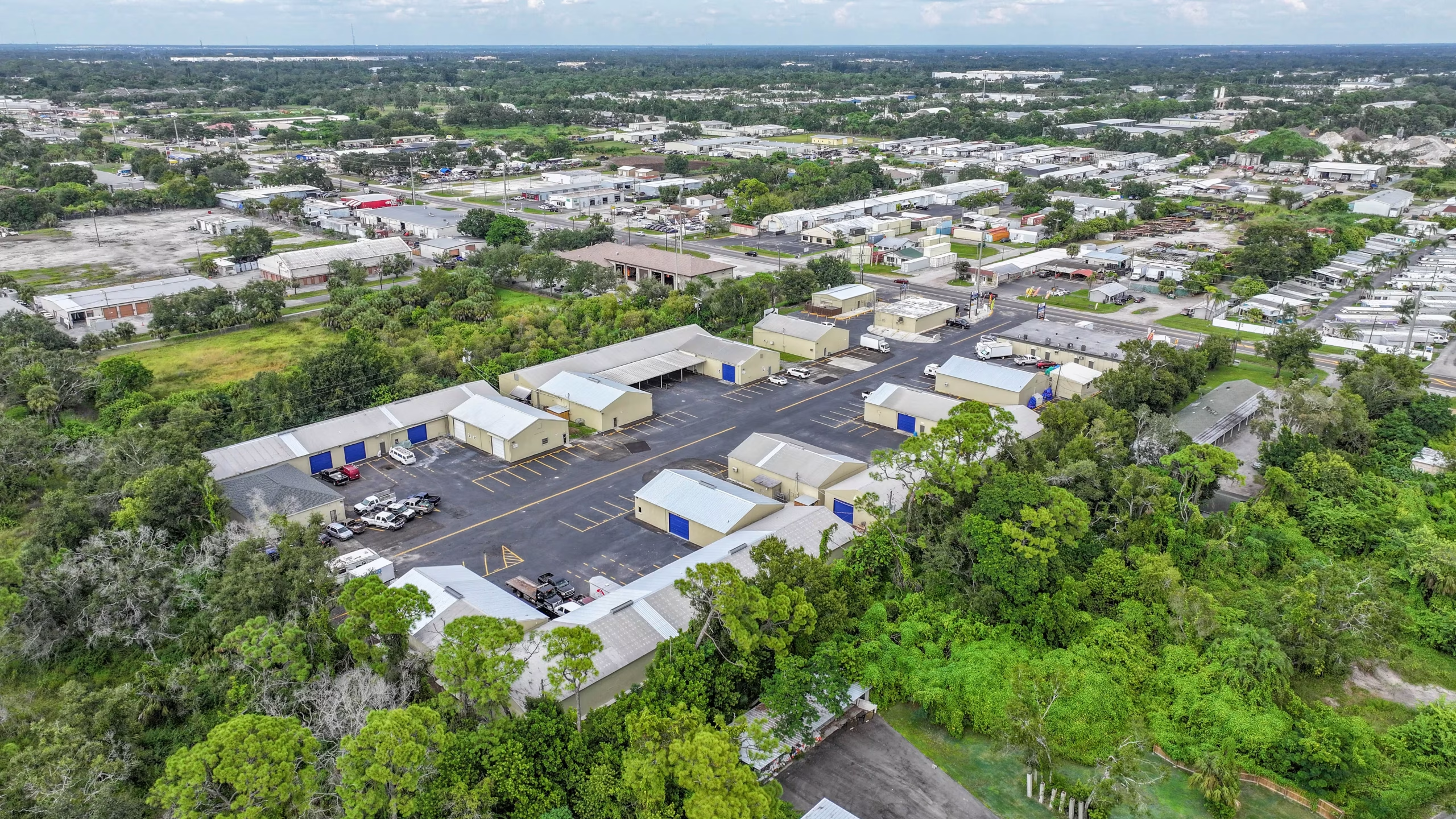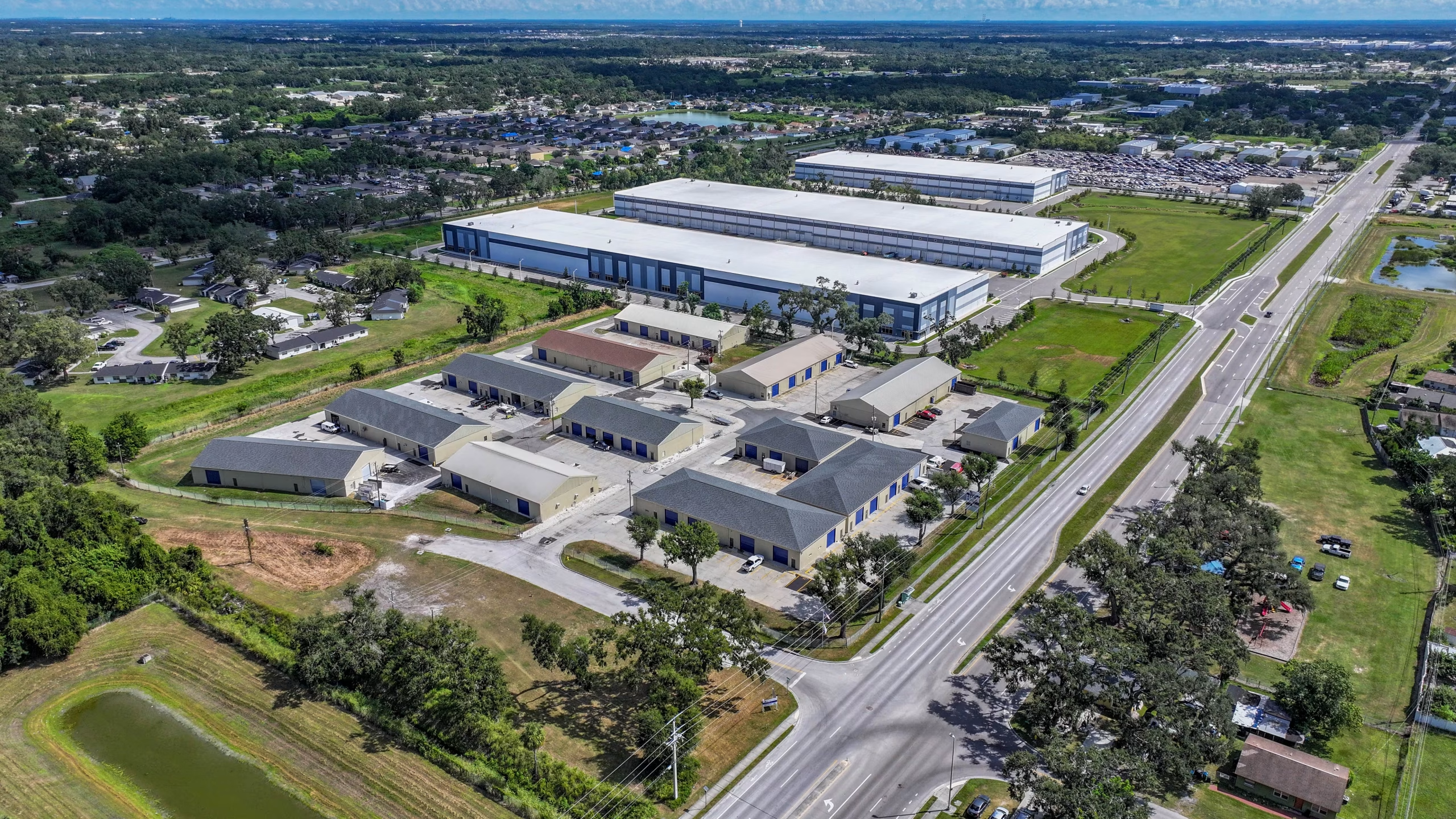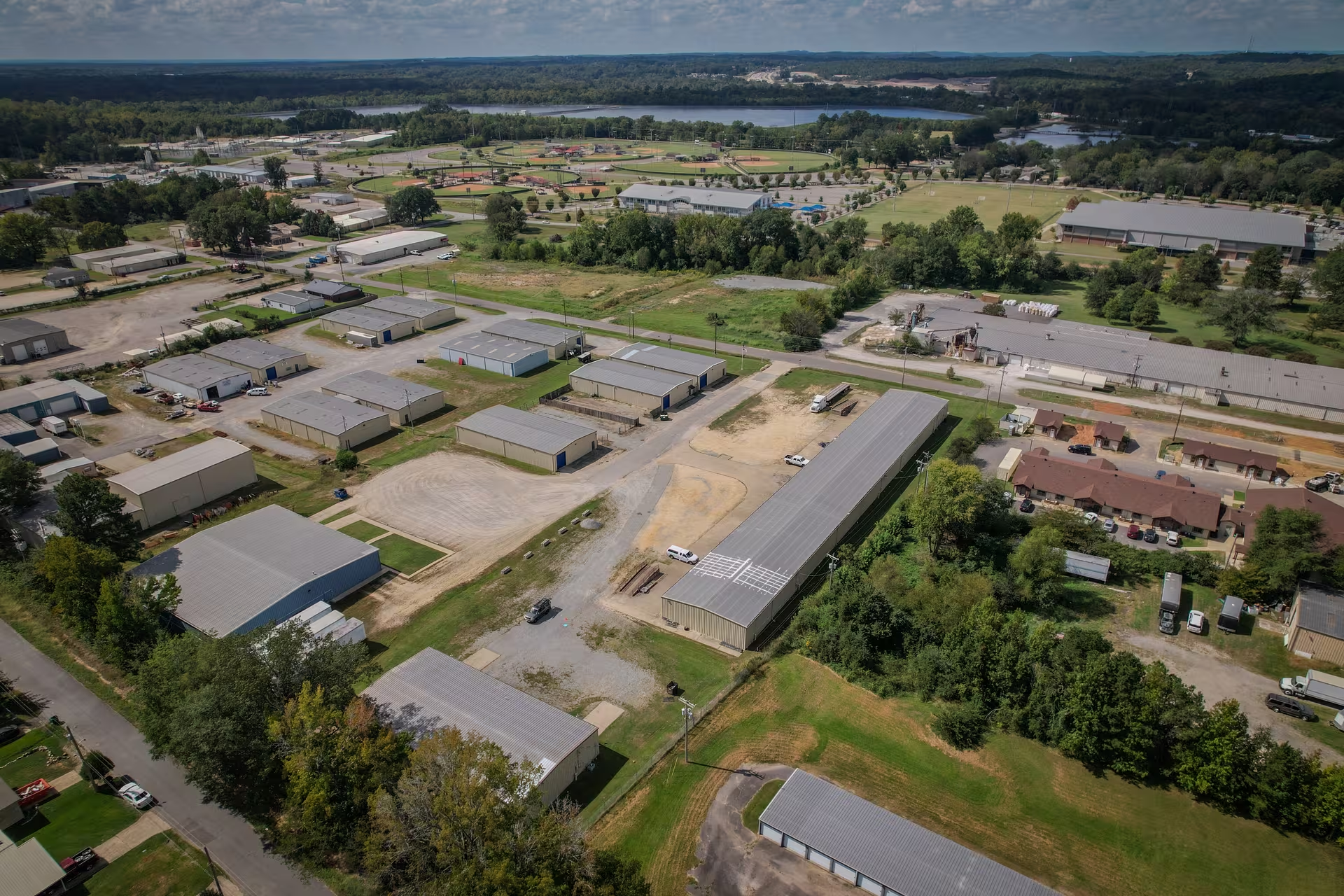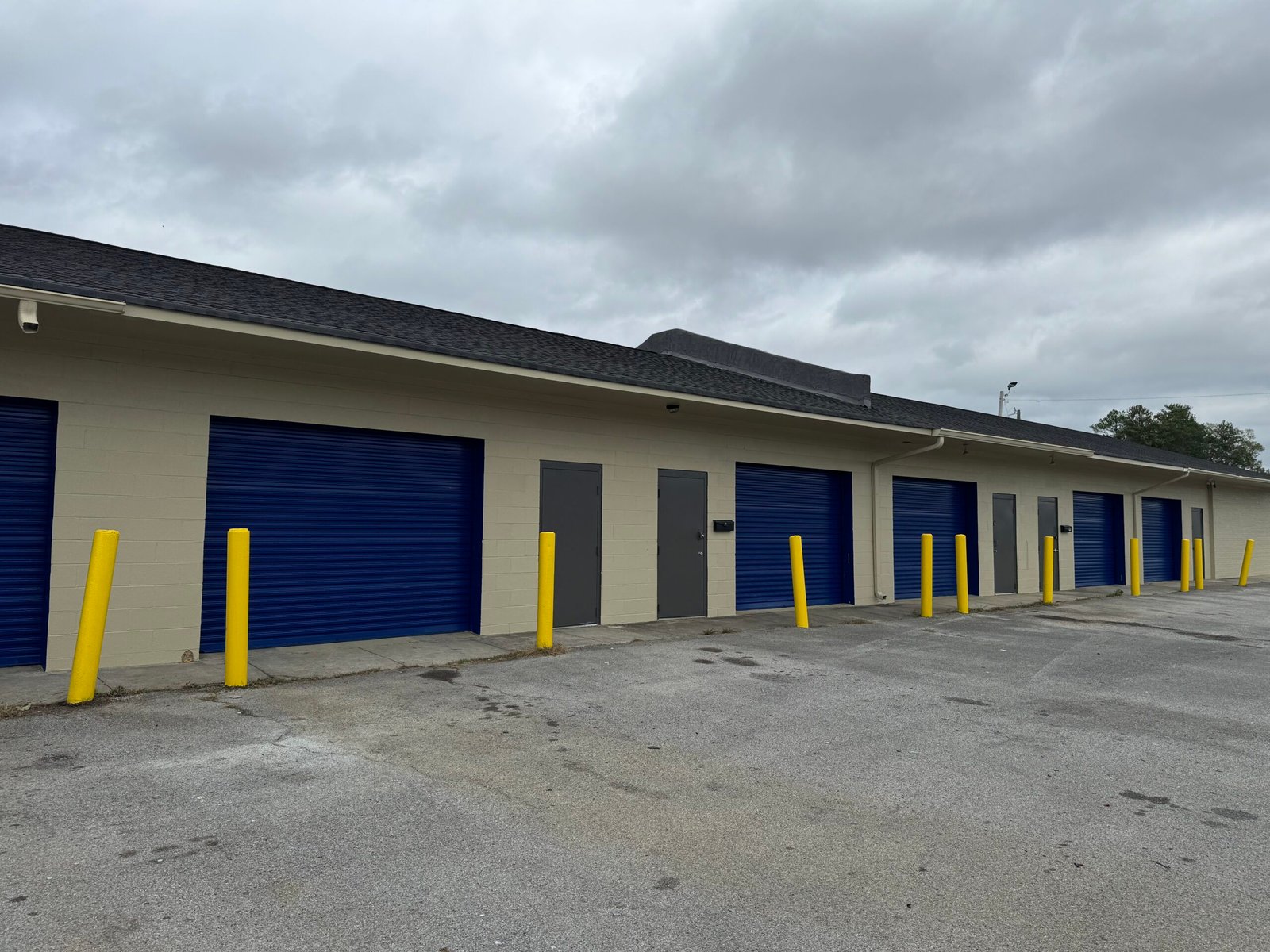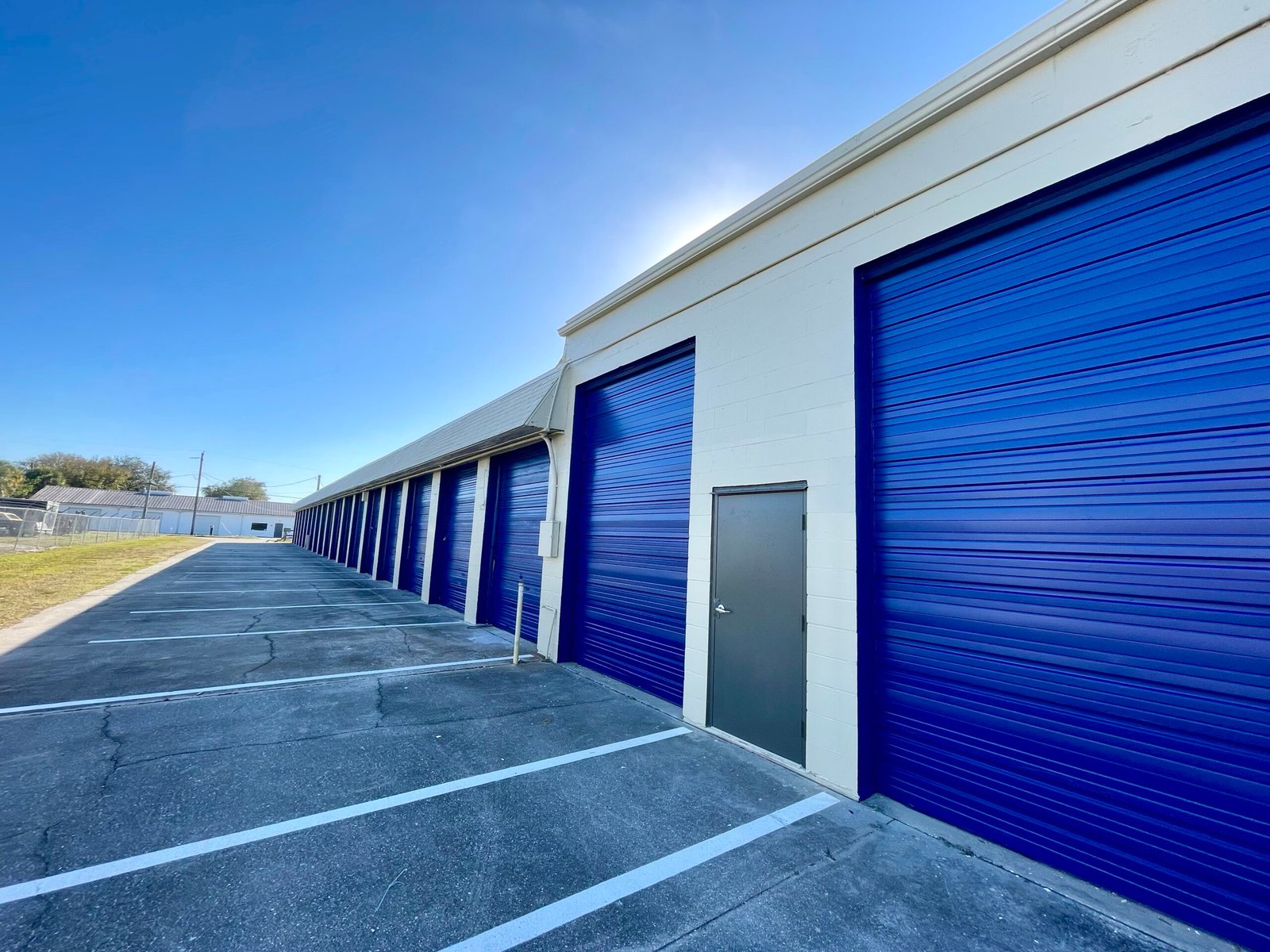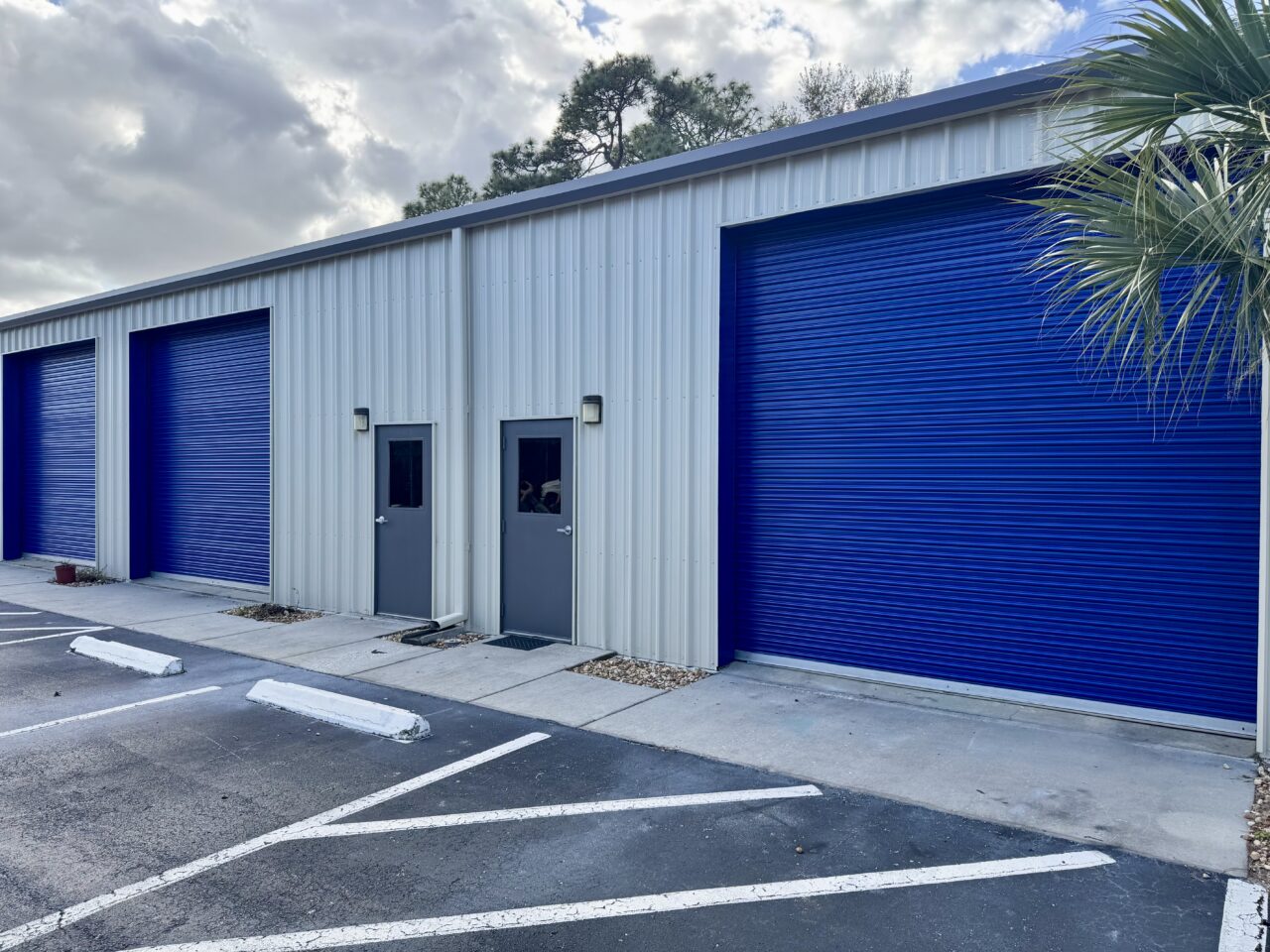The Green Revolution in Warehousing
Sustainable warehousing involves incorporating eco-friendly practices and technologies into warehouse operations and design. This can range from energy-efficient lighting and heating systems to advanced waste management and renewable energy sources. The goal is to minimize environmental impact while promoting efficiency and cost-effectiveness.
Benefits for Tenants
1. Cost Savings
One of the most immediate benefits of sustainable warehousing for tenants is cost savings. Green warehouses often use energy-efficient systems and materials that reduce operational costs. For example, LED lighting and smart climate control systems can significantly lower energy bills. Additionally, many green warehouses are designed to be more durable and require less maintenance, which can further cut costs.
2. Enhanced Corporate Image
In today’s market, consumers and partners increasingly value sustainability. Tenants occupying green warehouses can showcase their commitment to environmental responsibility, enhancing their corporate image. This not only attracts eco-conscious customers but can also strengthen partnerships with other businesses that prioritize sustainability.
3. Improved Work Environment
Sustainable warehouses often focus on creating healthier work environments. This includes better air quality, natural lighting, and ergonomically designed spaces. Such improvements can boost employee satisfaction and productivity. For tenants, this means a more pleasant working environment that can lead to lower turnover and higher morale.
4. Future-Proofing
As regulations around environmental impact become stricter, being in a sustainable warehouse can help tenants stay ahead of compliance issues. Green warehouses are often designed with future regulations in mind, reducing the risk of costly upgrades or penalties down the line.
5. Innovation and Technology
Sustainable warehousing often incorporates cutting-edge technologies, such as advanced automation systems, energy management software, and renewable energy installations. For tenants, this means access to the latest innovations that can enhance operational efficiency and scalability.
What to Look for in a Sustainable Warehouse
When searching for a sustainable warehouse, consider the following factors:
1. Energy Efficiency: Look for warehouses with energy-efficient systems and certifications, such as LEED (Leadership in Energy and Environmental Design) or BREEAM (Building Research Establishment Environmental Assessment Method).
2. Waste Management: Assess the warehouse’s waste management practices. Effective recycling and waste reduction programs are key components of sustainability.
3. Renewable Energy: Check if the warehouse utilizes renewable energy sources like solar or wind power. This can further reduce your carbon footprint.
4. Building Materials: Sustainable warehouses often use eco-friendly building materials. Look for certifications or information about the materials used in construction.
5. Location and Transportation: Proximity to major transportation hubs and access to green transport options can also contribute to a warehouse’s sustainability profile.
Challenges and Considerations
While sustainable warehousing offers numerous benefits, there are challenges to consider. Initially, green warehouses may have higher upfront costs, though these are often offset by long-term savings. Additionally, finding a warehouse that meets all your sustainability criteria might require more time and research.
The Future of Sustainable Warehousing
The trend towards sustainable warehousing is likely to continue growing as both regulatory pressures and consumer demand for eco-friendly practices increase. Tenants who embrace this shift will not only benefit from cost savings and improved operational efficiencies but also position themselves as leaders in the movement towards a more sustainable future.
